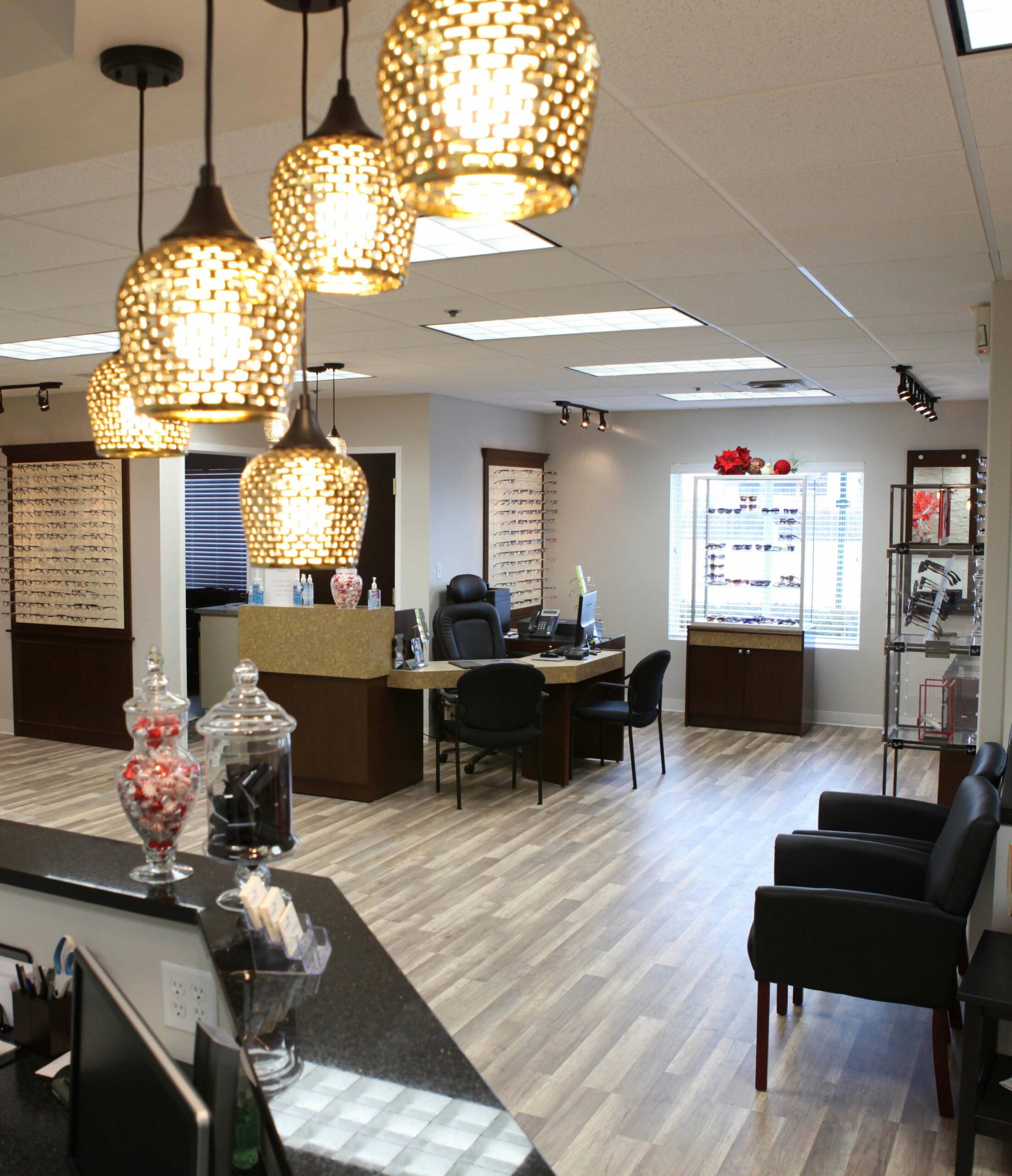When Is It Time to Consider Cataract Surgery?
Cataracts are a natural part of aging, but can also develop after an injury alters the tissue in the eye’s lens. While a normal lens is clear, lenses with cataracts, are cloudy and difficult to see through. In some cases, when left to develop, they can blur your eyesight dramatically. Over half the American population will develop cataracts by the time they turn 80. Although they aren’t dangerous, they are an inconvenient ailment that can decrease your quality of life.
When Is Surgery Needed?
The answer to this question depends on how your life is being affected by your cataracts. Ask yourself the following questions:
- Can you see safely enough to go about your day-to-day business?
- Is it difficult to perform simple acts such as reading, watching television, or driving?
- Is your vision impairing your ability to live independently?
- Is your vision a problem that you constantly have to deal with every day?
If so, then surgery will drastically change your life for the better.
What Does Surgery Entail?
Cataract surgery does have its risks, but it is also one of the most common and easy to perform surgeries. It has a high success rate and comes with only a few risks. Most cataract surgeries take 10-15 minutes and entail the removal of the clouded lens, which is then replaced with a clear implant called an intraocular lens (IOL). Once the cataract is removed, recovery is fast and you’ll be seeing clearly once again. In most cases, the eye heals quickly and without stitches.
Types of Lenses
There are different types of cataract lenses available, each with its own benefits. The one you choose will depend on your specific needs:
Fixed-focus monofocal lenses are the most common and have only one focusing distance (distant, intermediate, or near) to choose from. They also come with the option of monovision, so each eye is fitted with a different distance, usually near and distant.
Accommodating monofocal lenses can shift between near and far vision, mimicking the natural lens of a younger eye.
Multifocal IOLs allow vision at any distance, having different areas designed for near, distant, and intermediate vision like bifocal glasses.
Toric lenses are designed specially for people with astigmatism and offer focused vision to correct it.
Cataract surgery can completely change your quality of life if you suffer from cataract-affected vision, but the choice to get it depends entirely on you. If you feel you require cataract surgery, bring this up to your eye doctor on your next visit.
Surgery Isn’t Always the Answer
While they are an extreme inconvenience, cataracts are not life-threatening or painful and are safe to live with. If you don’t feel an immediate need to undergo surgery then you don’t need to. Since cataracts progress slowly over time, leaving one that is not seriously impairing your vision or your ability to go about your day is perfectly acceptable. As time goes by, and the cataract develops, surgery will most likely be needed.
Contact Olympus Eye Associates for more information about cataracts and cataract eye surgery. We’re happy to help!

